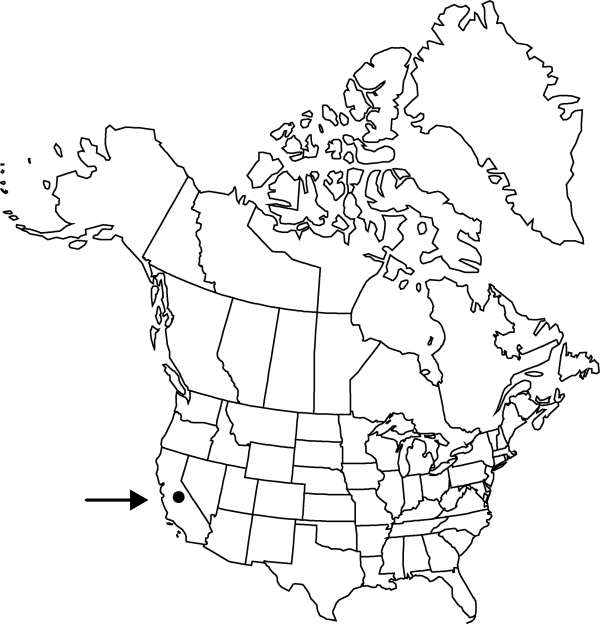Lewisia congdonii
Present-day Rock Gard., xx, 340. 1937.
Taproots gradually ramified distally. Stems ± erect, becoming lax with age, 20–60 cm. Leaves: basal leaves withering after anthesis, abruptly or gradually narrowed to broad petiole, blade oblanceolate, 5–25 cm, margins entire, apex acute to obtuse; cauline leaves withering after anthesis, alternate, ± sessile, distalmost intergrading with bracts, reduced, blade lanceolate or linear-lanceolate, 15–125 mm, margins entire, apex acute to obtuse. Inflorescences 3–7-branched paniculate cymes, 20–100-flowered; bracts alternate proximally, 2 at each flowering node distally, ovate to orbiculate, 10–20 mm, margins glandular-toothed, apex acute proximally to rounded distally. Flowers pedicellate, not disarticulate in fruit; sepals 2, suborbiculate to broadly obovate, 2–4 mm, herbaceous at anthesis, margins glandular-toothed, apex truncate to rounded; petals 6–7, pale pink, veins magenta, base yellow-green, obovate, 7.5–10 mm; stamens 4–5; stigmas 3; pedicel 5–10 mm. Capsules 3–4 mm. Seeds 2 mm, shiny. 2n = ca. 24.
Phenology: Flowering spring.
Habitat: Shaded, mossy, rocky slopes
Elevation: 500-2100 m
Discussion
Of conservation concern.
Lewisia congdonii is found only in Mariposa County, California.
Selected References
None.
